
The word mask in our language came from the Romance languages. In French it means mask, cheek, larva. The larva, as we know, is one of the forms of metamorphosis. In Italian mascaron - a large mask, a grotesque figure.
The Swiss scientist K. Mojli believes that the word mask comes from the word macabre, which originally meant a net in which they wrapped the dead so that they would not return.
The Serbian medieval expression for a masked participant is a licepohodnik.. In Srem, masks are still called čuvuda.
Theatrologists, architects, anthologists, psychologists, sociologists and many scientists are interested in this term.
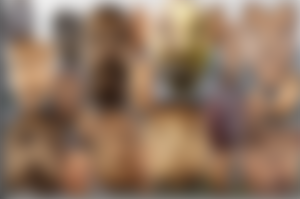
Already in cave painting, we notice the notion of a mask that represents the characters of animals (the famous play "sorcerer-deer").
Hi Janis Neolithic figures represent masked creatures (masks of totems or tribal representatives). Even Paleolithic sculptures, no matter how miniature, were masked.
The Dogon ethnic group, known for its mythology related to the star Sirius, invisible to the naked eye from our planet, stands out with its masks. The purpose of their masks is to ritually transport the souls of deceased members away from the village and increase their reputation.

The mask and the human face are in the eternal dualism of the god Janus.
If we look at this phenomenon from psychological aspects, we are tempted to say: the feeling of shame started from the face. A covered face meant something that transcended people in individuality.
The mask, the make-up, the sacred cap marked the beginning of the determination of someone who entered the given form as a larva in a doll
The mask is the one who masters man, gives inspiration and she communicates with the cosmic forces because everything else under the gaze of the cosmos is imperceptible. A man without a mask is gentle and without personality. An actor without a mask, without a "role" is not seen on stage. The priest and the king without a mask pass into the aspect of profanity. Everything that man has learned from nature can be seen on his masks and they are a kind of opinion of a man of certain communities about the world in which he lives. In our area, masks mostly present animal attributes (leather dresses with inverted hair on the outside, goat shape, wolf skin). This is especially true in the southeastern parts of Serbia.

The cheek that hides the face and the mask that transforms it; cheeks of dishonorable road robbers and masks of honorable citizens; death masks and masks from which one lives ... Mycenaean masks made of gold sheet (with the one that Schliemann held in 1876 to be the figure of the destroyer Troy Agamemnon). Masks of Indian sorcerers with Grizzly fangs. Demon feather masks of the Incas. Masks from the island of Java made of wood. Eskimo fur masks. Japanese theatrical masks. Dodol masks of Eastern Serbia for invoking rain. Masquerade masks.
Not to forget, human skin masks that we use every day.
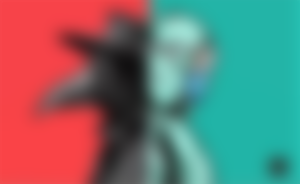
And finally, a medical mask that will become a part of our everyday lives. They are not a novelty in human history either. The protective mask was worn back during the plague pandemic in the 14th century, but of course it looked completely different than it does today. Even today, the masks we wear to protect ourselves from the current COVID-19 are only soft protection, and for some they are a fashion accessory. The world's greatest designers, such as Gucci, design protective masks for a selected clientele.
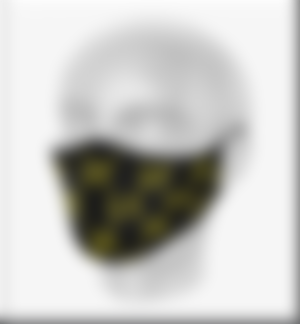
Many psychologists have speculated about why wearing a mask is widely accepted in Asian countries, and in the West, suggestions and orders to wear masks have been met with resistance. French anthropologist, pandemic specialist Frederic Keck notes that in the West, wearing a mask is seen through individual glasses ("the virus is outside, I wear a mask to protect myself"), while Asian societies react collectivistically ("I wear a mask to protect others").
From a public health perspective, it doesn’t matter what the mask looks like, where you got it, or how you made it; functionality is the only thing that matters.

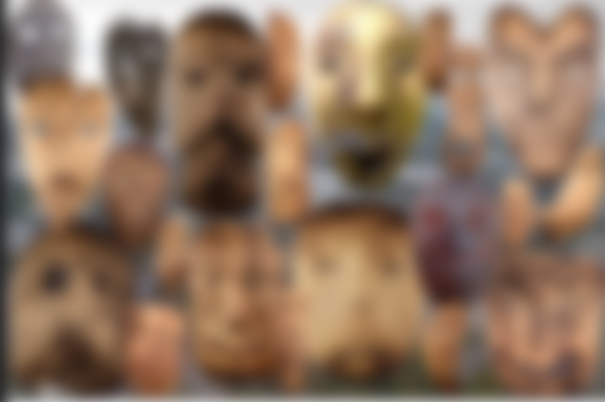
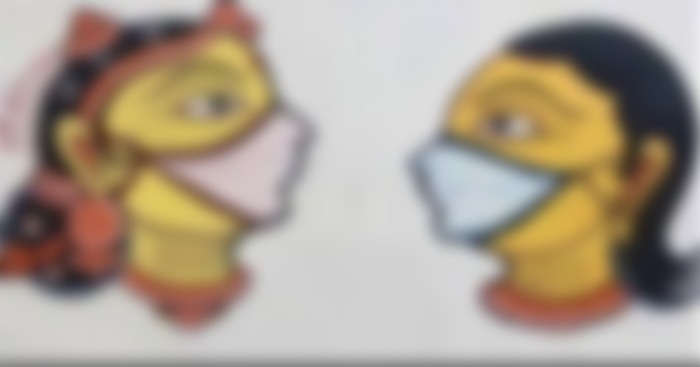
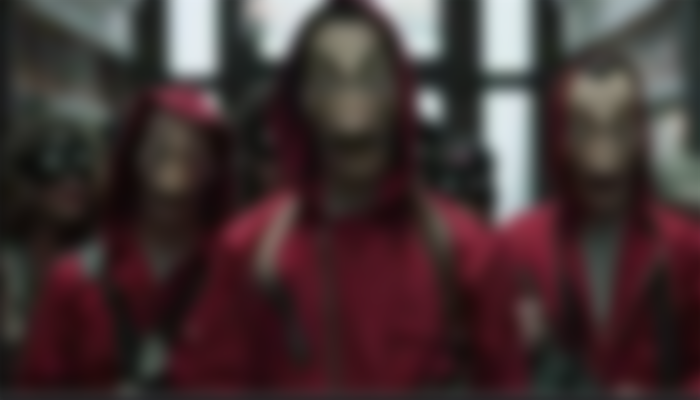

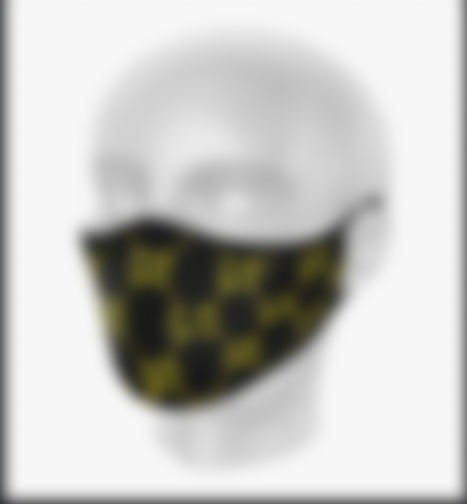
Sjajno i aktuelno!U Veneciji sam kupiila masku koja se zoveColombina. Colombina (mala golubica) je ženska maska, i predstavlja lik sluge. Ime Colombina je dobila kad je glumica Isabella Franchini, koja je igrala tu pozorišnu ulogu, donela korpu sa dva goluba na pozornicu